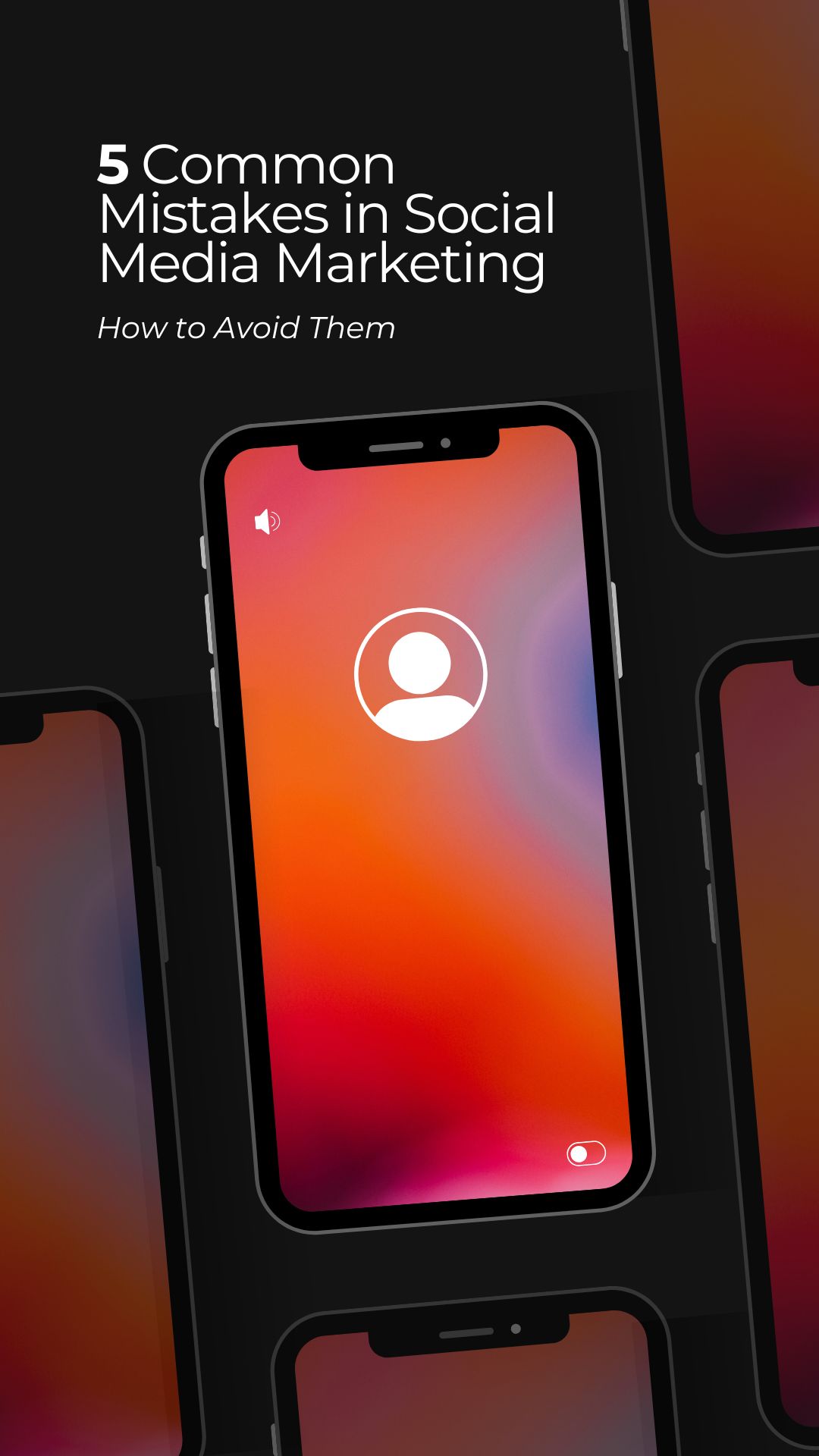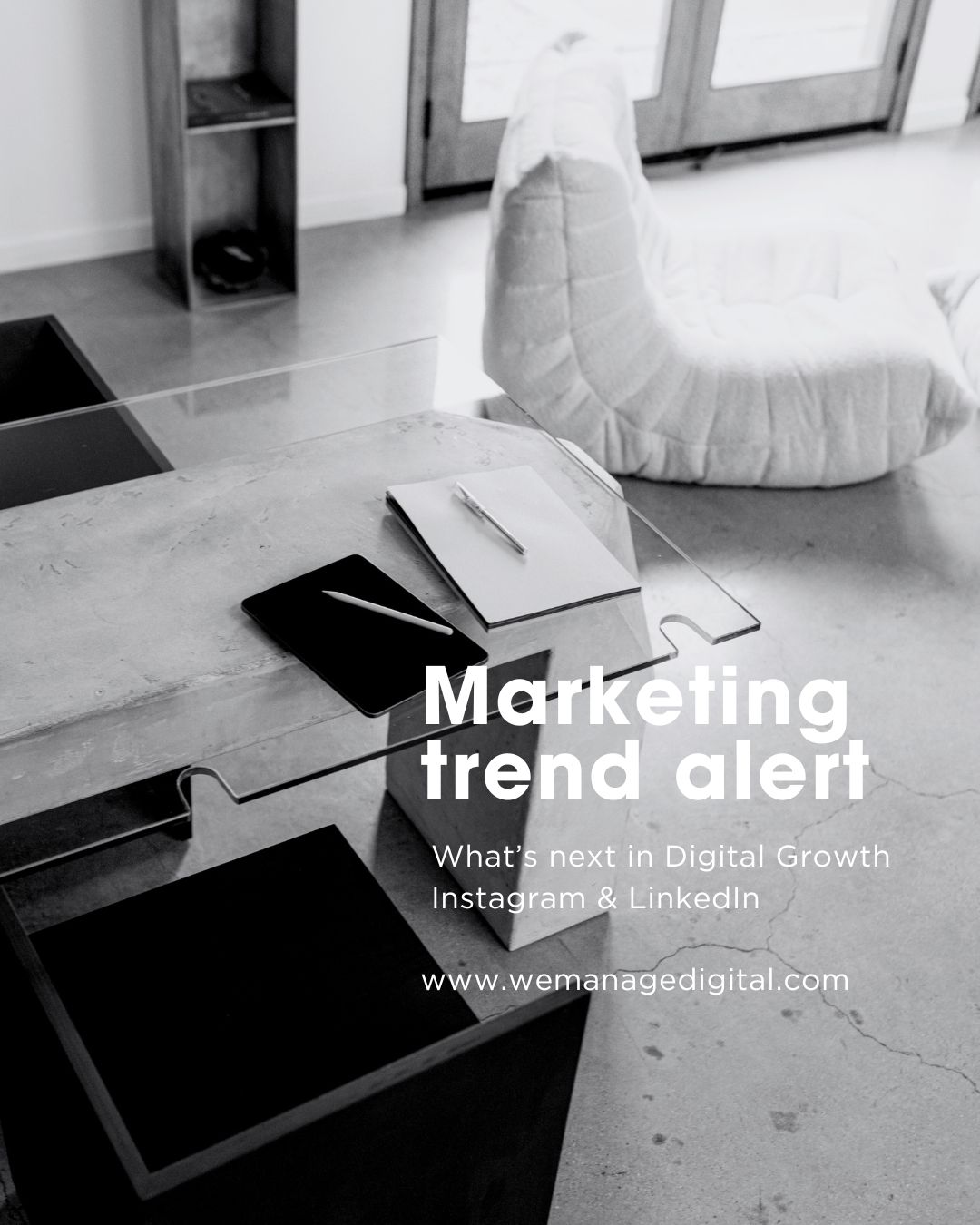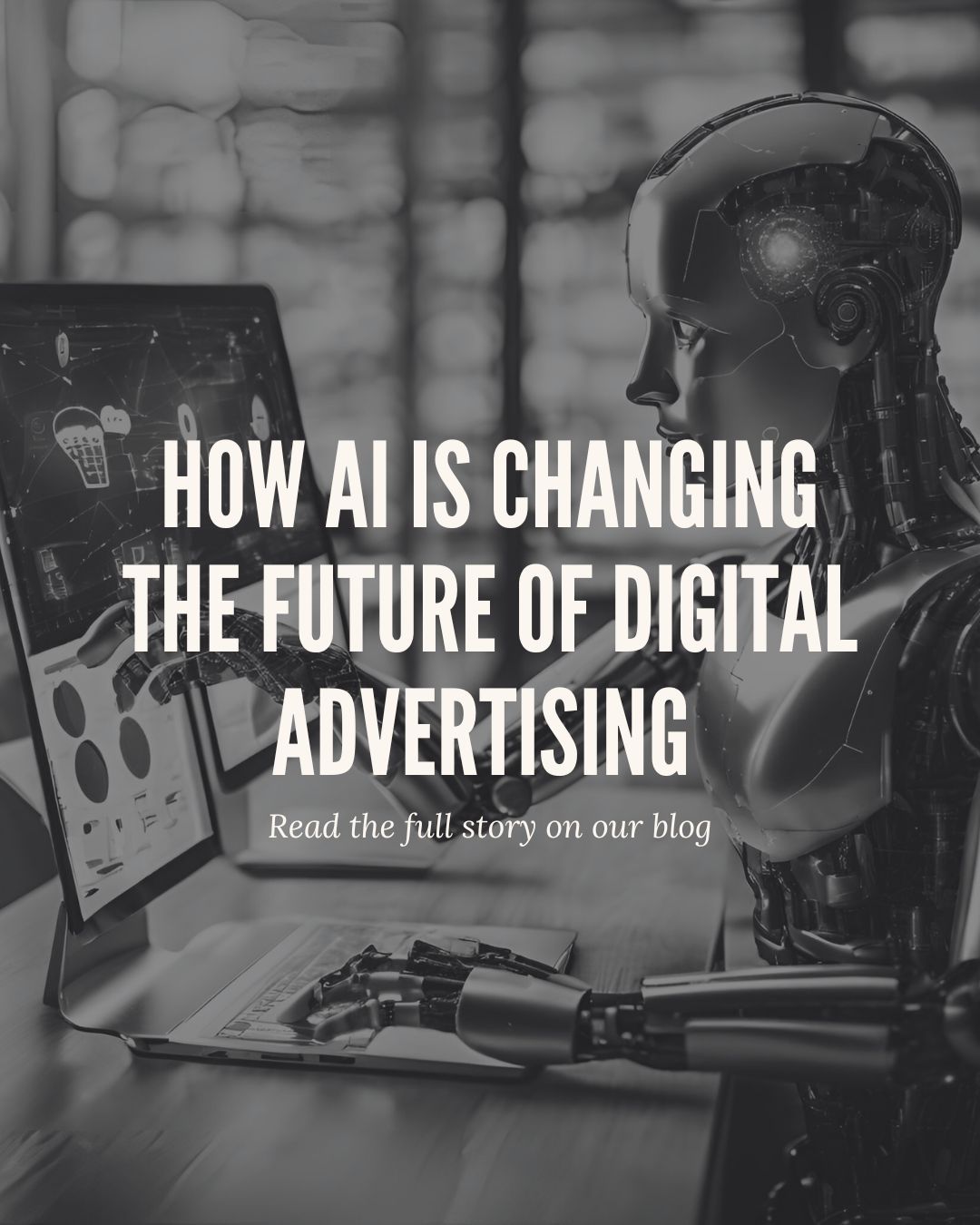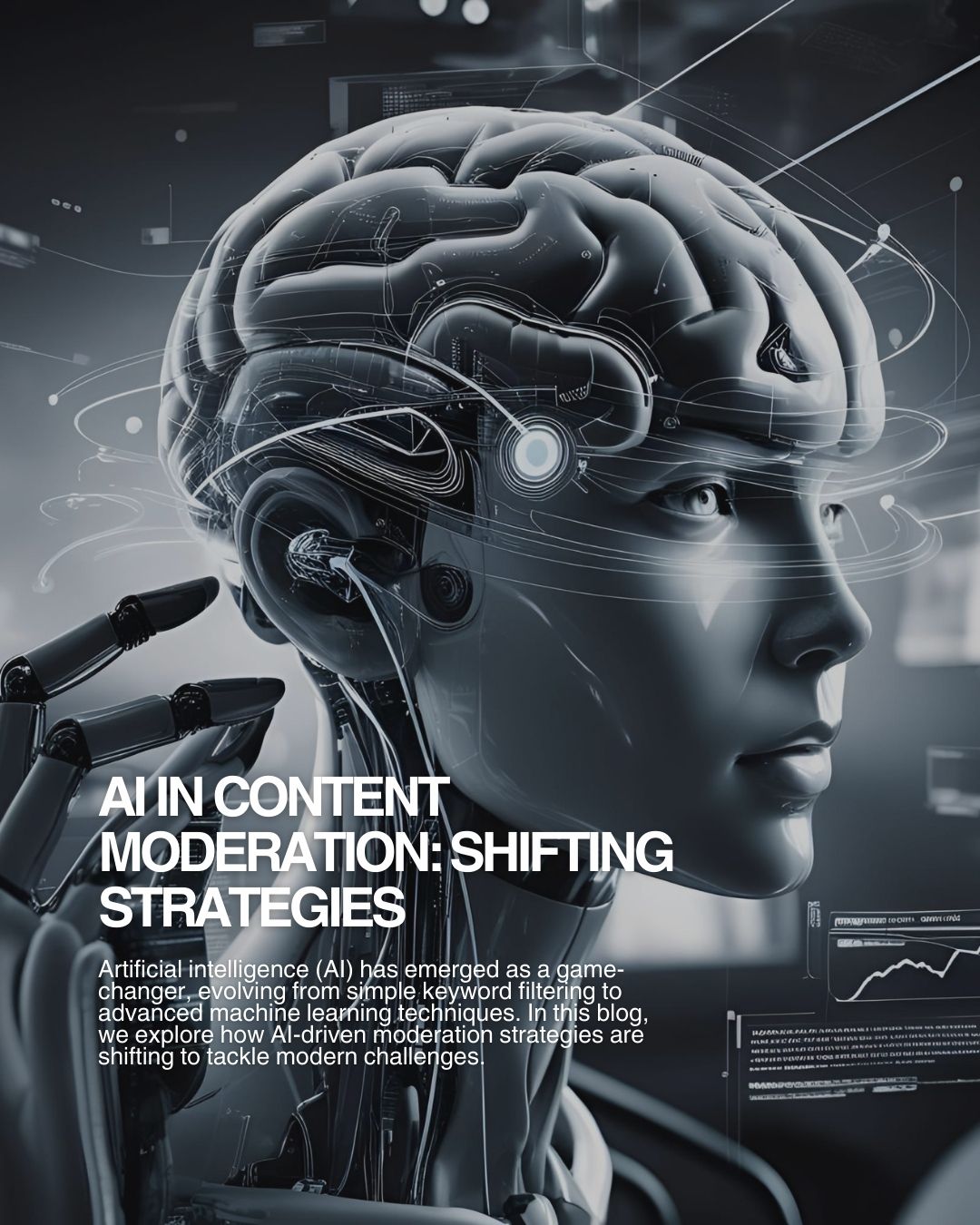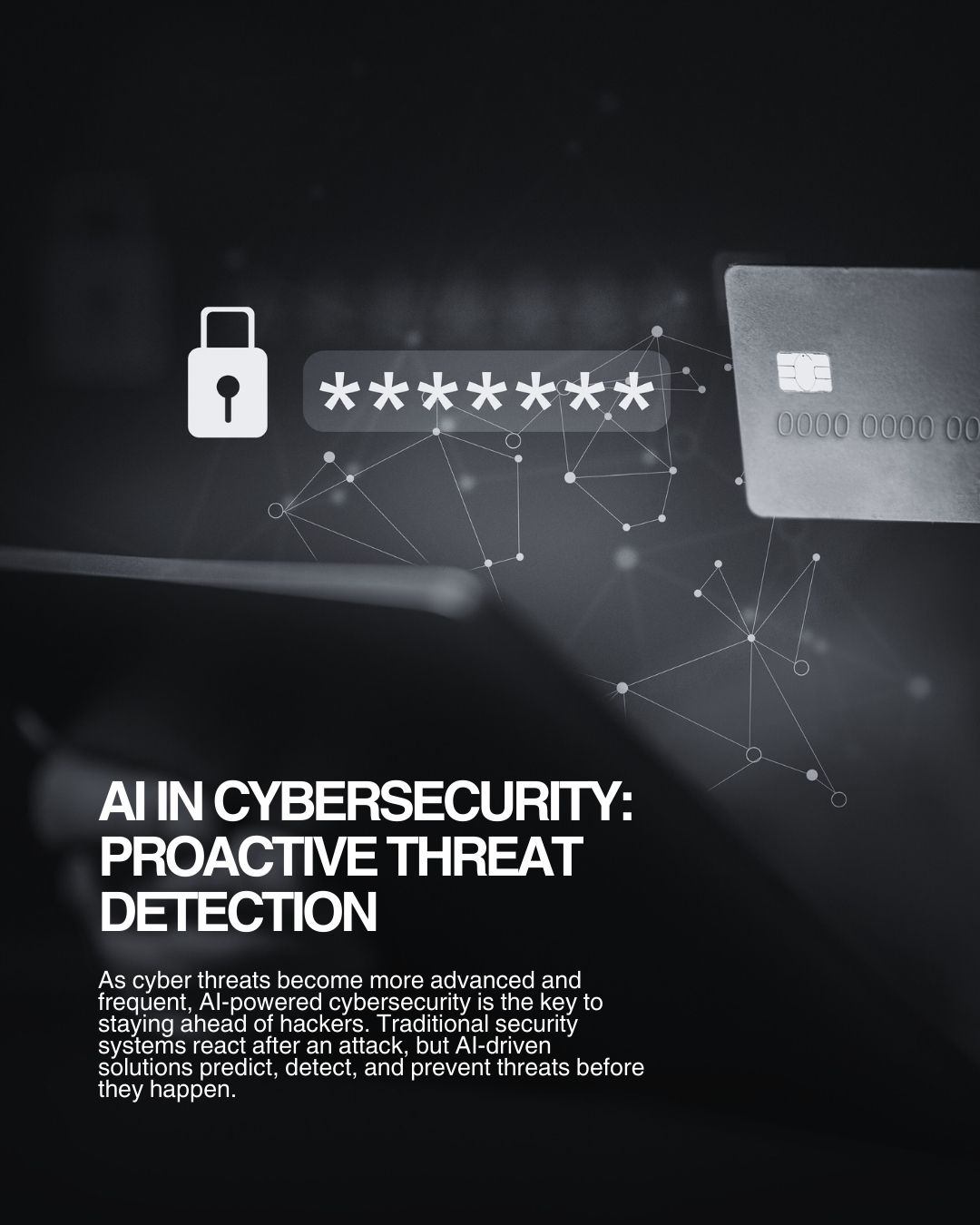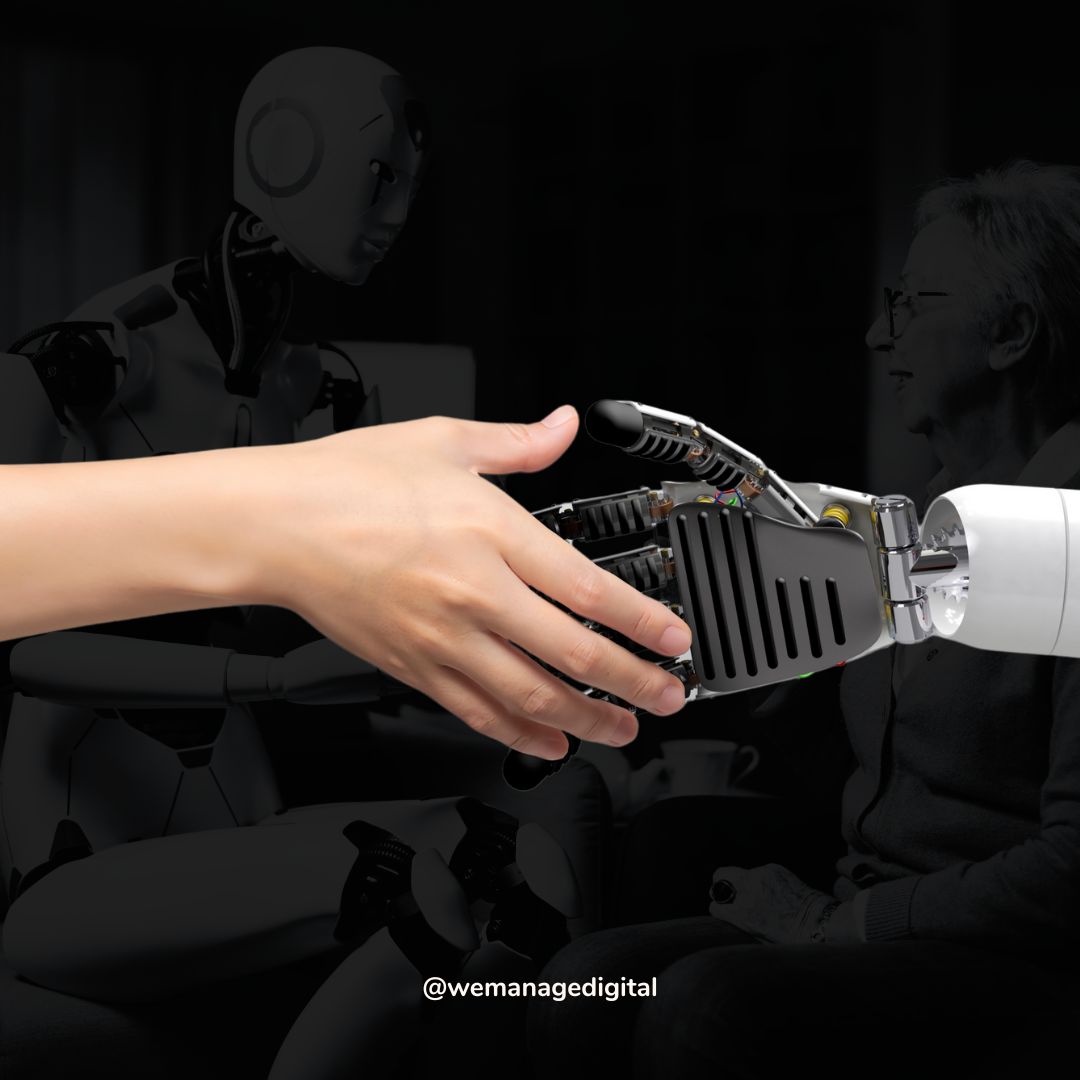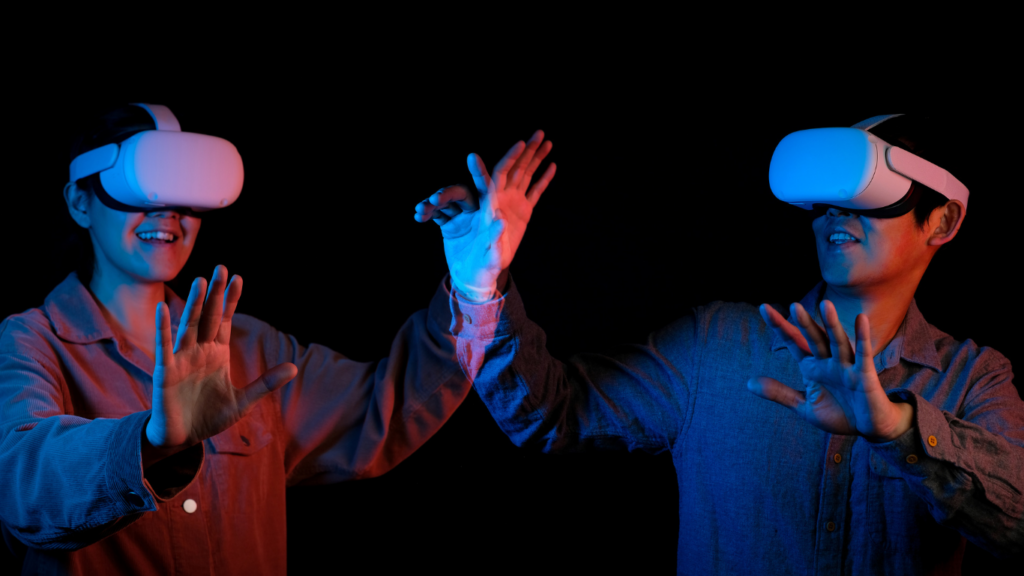
Augmented Reality (AR) and Virtual Reality (VR) are revolutionizing the marketing landscape by providing immersive and interactive experiences. These technologies offer brands innovative ways to engage with customers, enhance product experiences, and drive sales. Here are some cutting-edge use cases for AR and VR in marketing.
1. Virtual Try-Ons and Fitting Rooms
- Fashion and Accessories: Brands like Gucci and Warby Parker use AR to allow customers to try on clothes, glasses, and accessories virtually, enhancing the online shopping experience.
- Cosmetics: L’Oréal’s virtual makeup try-on app lets users see how different makeup products look on their faces using AR, reducing the hesitation in purchasing cosmetics online.
2. Interactive Product Demonstrations
- Furniture and Home Decor: IKEA’s AR app lets customers visualize how furniture will look and fit in their homes, aiding in making purchase decisions.
- Automotive: Car manufacturers like BMW use VR to offer virtual test drives and detailed explorations of car features, providing an immersive experience without visiting a showroom.
3. Enhanced Retail Experiences
- In-Store Navigation: Stores like Lowe’s use AR to help customers navigate through large retail spaces, find products easily, and access additional product information.
- Interactive Displays: Retailers use VR to create engaging in-store experiences, such as virtual fashion shows or product tutorials, to attract and retain customers.
4. Immersive Brand Storytelling
- Experiential Marketing: Brands like Coca-Cola and Pepsi have created VR experiences that take customers on a journey, telling the brand story in an immersive and engaging way.
- Virtual Tours: Tourism boards and travel companies use VR to offer virtual tours of destinations, enticing potential travelers by showcasing the beauty and attractions of a location.
5. Augmented Advertising Campaigns
- Interactive Ads: AR can transform traditional advertising by adding interactive elements. For example, Pepsi’s AR bus stop campaign created an interactive experience that surprised and engaged passersby.
- Print to Digital: Magazines and billboards equipped with AR codes can bring print ads to life, providing additional information, videos, or interactive elements through a smartphone.
6. Virtual Events and Trade Shows
- Virtual Booths: Companies use VR to create virtual booths at trade shows, allowing attendees to explore products and services remotely.
- Live VR Events: Brands host live VR events or product launches, providing a virtual front-row experience for audiences worldwide.
7. Educational and Training Tools
- Product Training: Companies like Home Depot use VR to train employees on product knowledge and customer service skills in a controlled, immersive environment.
- Customer Education: Brands use AR to create interactive tutorials and guides for customers, enhancing the learning experience and ensuring better product usage.
Implementing AR and VR in Marketing
1. Identify Goals and Objectives
- Customer Engagement: Determine how AR and VR can enhance customer engagement and interaction with your brand.
- Sales Enhancement: Identify ways these technologies can drive sales and improve the shopping experience.
2. Choose the Right Technology
- AR Apps and Platforms: Select AR platforms that align with your goals, such as mobile apps or web-based AR experiences.
- VR Headsets and Software: Invest in VR headsets and software to create high-quality, immersive experiences.
3. Develop Compelling Content
- Interactive Elements: Create engaging and interactive content that adds value to the customer experience.
- High-Quality Visuals: Ensure the visuals are high-quality and realistic to provide a convincing experience.
4. Promote Your AR and VR Experiences
- Marketing Campaigns: Use social media, email marketing, and other channels to promote your AR and VR experiences.
- In-Store Promotions: Encourage customers to try AR and VR experiences in-store through demonstrations and promotions.
5. Measure and Optimize
- Analytics: Use analytics tools to track engagement, usage, and the impact of AR and VR experiences on sales and customer satisfaction.
- Feedback: Collect feedback from users to understand their experiences and identify areas for improvement.
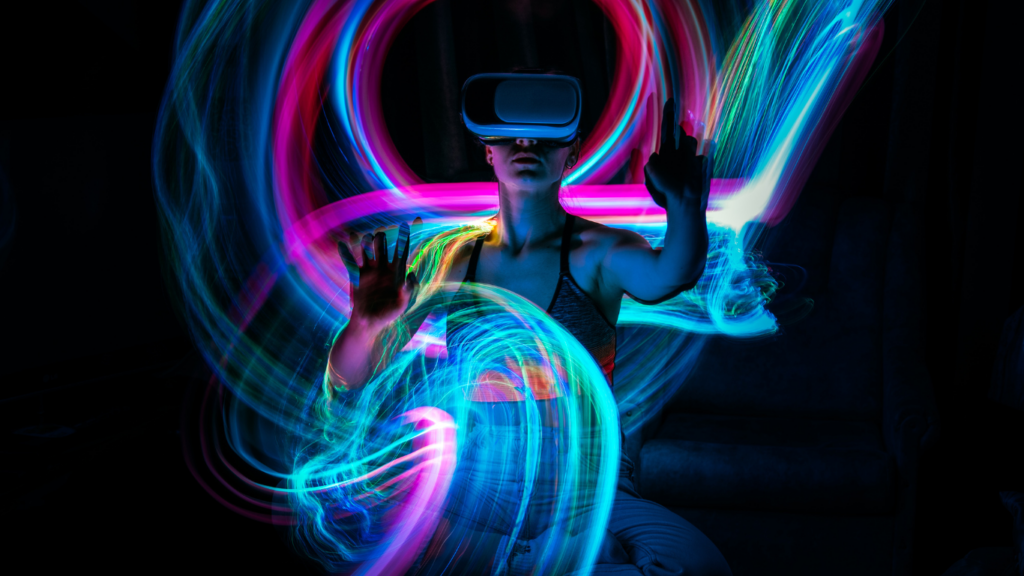
Conclusion
AR and VR offer innovative opportunities for brands to enhance customer experiences, increase engagement, and drive sales. By leveraging these technologies in virtual try-ons, product demonstrations, interactive ads, and immersive brand storytelling, businesses can create memorable and impactful marketing campaigns. Implementing AR and VR requires a strategic approach, but the benefits of enhanced customer interactions and improved brand perception make it a worthwhile investment.



